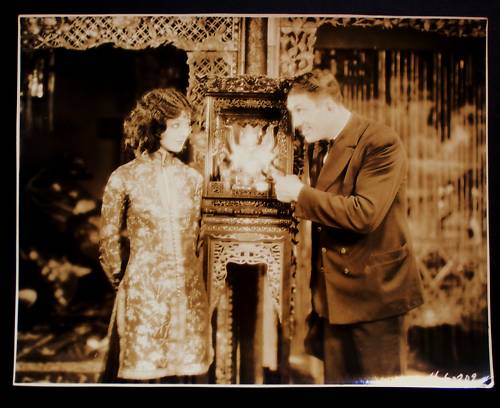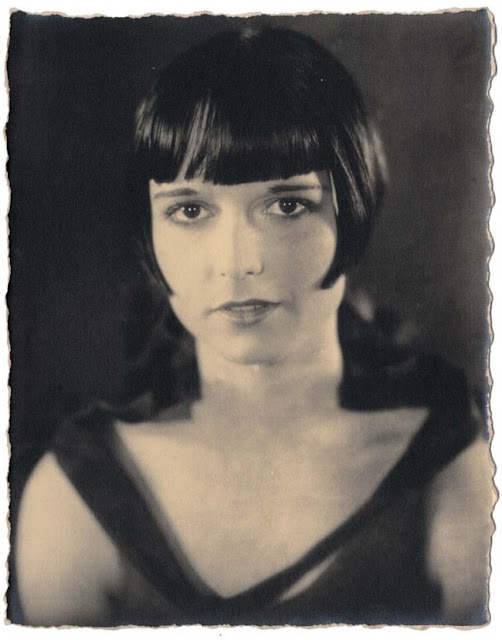Nineteen twenty-two was a pivotal year in the life of Louise Brooks. It was a whirlwind year. Brooks was a teenager, just 15 at the beginning of the year, and she was following her passion for dance while performing in local theaters and before clubs and civic organizations in her hometown of Wichita, Kansas. By the end of the year, she was a member of the prestigious Denishawn Dance Company, touring the United States and performing alongside such dance greats as Martha Graham, Ruth St. Denis, and Ted Shawn. This blog commences a new series of posts documenting significant happenings in Brooks' life on this day one-hundred years ago.
* * * * * *
On this day in 1922 in the life history of Louise Brooks . . . . Brooks, along with other students from the Mills-Fischer School of Dance and Dramatic
Arts, attends a performance in nearby Hutchinson, Kansas by dance legend Anna Pavlova
and her Ballet Russe. The Mills referenced in the name of the dance school was none other than Alice Mills, who was immortalized as "The Chaperone" in Laura Moriarty's splendid novel of the same name which centers on Brooks and events in her life in 1922.
What a remarkable happenstance -- the coming together of two iconic figures of the 20th century. Its only equivalent was when Ruth St. Denis took Brooks and the other Denishawn dancers to see Isadora Duncan perform.
In case you are not familiar with Pavlova (or Pavlowa), she was one of the great dancers of the 20th century. Her Wikipedia entry begins, "Anna Pavlovna was born Anna Matveyevna Pavlova (12 February 1881 – 23 January 1931), was a Russian prima ballerina of the late 19th and the early 20th centuries. She was a principal artist of the Imperial Russian Ballet and the Ballets Russes of Sergei Diaghilev. Pavlova is most recognized for her creation of the role of The Dying Swan and, with her own company, became the first ballerina to tour around the world, including performances in South America, India and Australia." Her likeness and legend are commemorated in artwork all around the world.






















